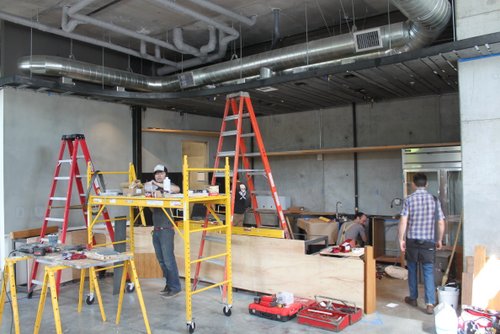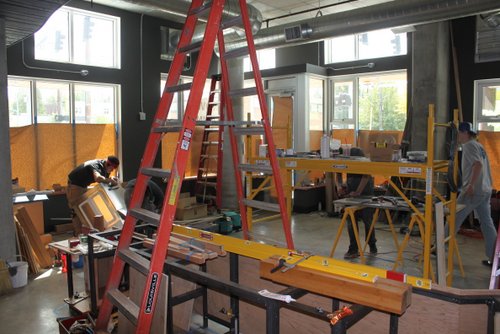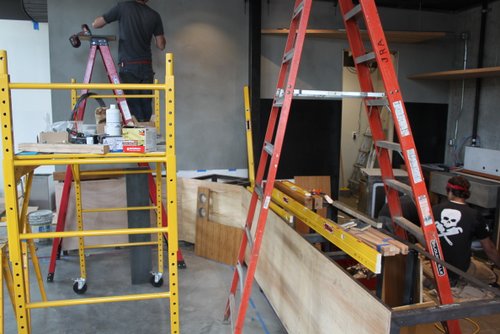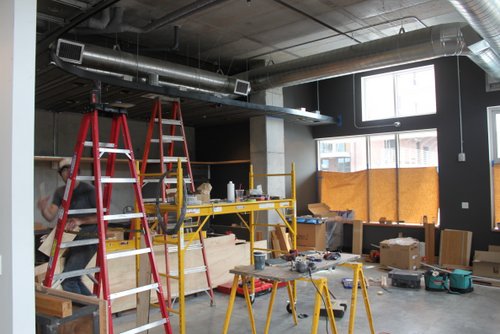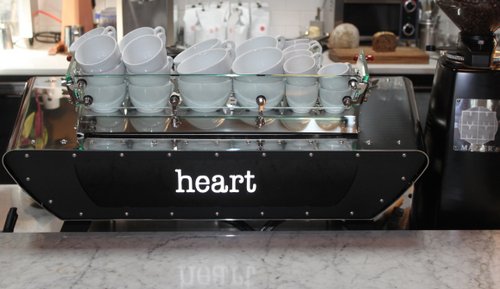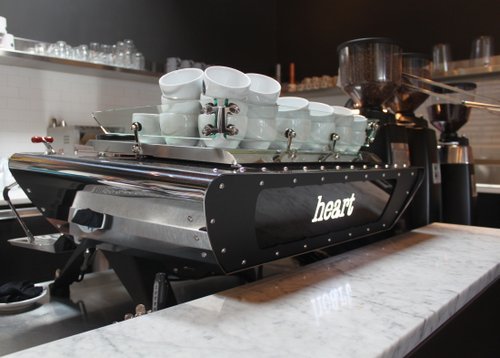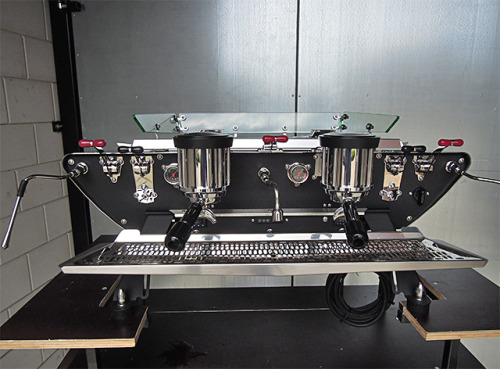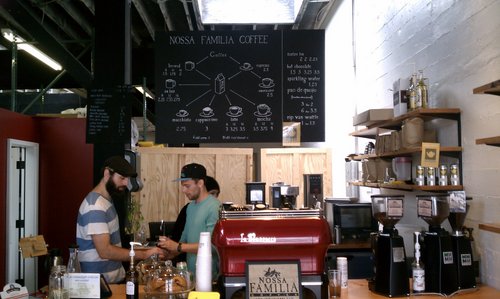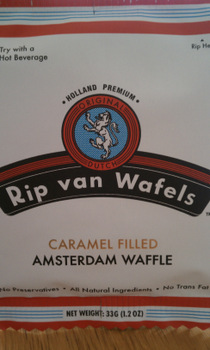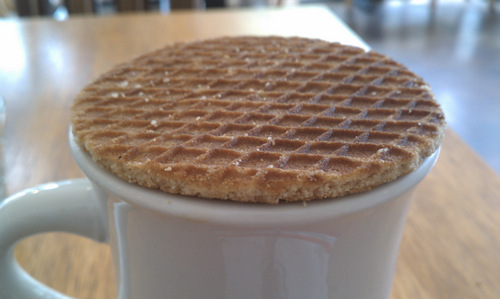Late August/early September might be my favorite time of the year. The weather is as good as it gets all year, the tomatoes finally ripen, and people get out and really savor the waning days of summer. For me, the end of August signifies it is time to head back to my hometown of Dayton, Washington, to help out with wheat harvest. My family has a farm there, and returning to work for a few weeks is my way of staying connected with the family and the town where I grew up. In the last thirty-six years, I’ve missed just one harvest (and I didn’t like it). These days, I don’t usually work the whole thing, but I try to pitch in when I can. The hours are long, but it gives me an opportunity to work outside and enjoy the foothills of the Blue Mountains (see below).
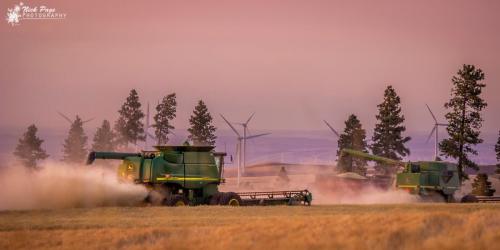 A friend of mine starting a new photography business took the picture (click to enlarge). I’m driving the combine on the left. To see more of Nick’s work, visit nickpagephotography.com.
A friend of mine starting a new photography business took the picture (click to enlarge). I’m driving the combine on the left. To see more of Nick’s work, visit nickpagephotography.com.
It is always fun to return to my roots, to see friends I’ve known forever, and visit with people from the community who played such an important role in making me who I am today. With a population around 2,500, Dayton is what many writers would call the idyllic small town (I just call it home). Tucked into the Touchet River Valley, the town is a jumping off point for a wide variety of outdoor recreation. Local motels fill up for hunting season (deer, elk, and pheasant hunting are most popular). Fishing for trout, steelhead, and salmon in the nearby Touchet, Toucannon, and Snake rivers also brings people to the area. During the winter, skiers carve up the crisp, dry powder at Ski Bluewood, a short drive up into the mountains. Dayton has a bustling downtown, with several shops, restaurants, a brew pubs, a brewery, two museums, and a few art galleries.
Farming is still the main industry in the county, and when wheat prices are good (and interest rates are low), the town economy seems to do well. Recently, wind power has become an important part of the economy. A few hundred wind turbines add to the county tax rolls and provide several good-paying jobs. In June, PGE announced it would build a large wind generation project—116 new turbines—just north of Dayton. Construction on the new project will start this month.
Tourism plays a significant role in the county economy too, and foodies can get their fix here. Dayton has a French restaurant, Patit Creek Restaurant, well-known throughout the Pacific Northwest. The Weinhard Café serves varied dishes created from local ingredients. An upscale chocolatier, Alexander’s Chocolate Classics, moved over from Washington’s West Side a couple years back. The Monteillet Fromagerie, a traditional French fromagerie, produces a variety of artisanal cheeses from the milk of its Alpine goats and East Freisan-Lacaune sheep. Some Portlanders may already be familiar with Pierre-Louis Monteillet, the owner, who can be found several Saturdays a year at the Portland Farmer’s Market at PSU, selling his cheeses from a booth toward the north end of the market.
Besides wind power and French cheeses, Dayton has a couple other connections to Portland. Toward the end of the 19th century, Henry Weinhard’s nephew, Jacob, moved to Dayton from Portland to establish his own brewery. The brewery is no longer around, but the Weinhard name still resonates with Dayton’s residents. Two businesses, the Weinhard Hotel and the aforementioned café, bear the famous name.
One of the newer additions to Dayton is Mace Mead Works (mead is a type of wine made from honey). Reggie Mace*, the owner, would fit in well in Portland. Sporting a robust set of lamb chops and thick-rimmed glasses, he looks like a hipster from the Hawthorne District. In addition to his signature “dry mead”, Mace makes a couple different wines. He sells a lot of his mead in Portland (if I can catch up with him before I head back to Portland, I’ll do a more in-depth profile). He brings a little bit of Portland to Dayton, offering cured meats from Olympic Provisions.
To celebrate the town’s history and its food culture, Dayton is hosting the Heirloom Weekend, a celebration of food, wine, and local cuisine, from September 20th-22nd. The event includes wine and cheese tastings, garden tours, live music, and a special dining event at TamiJoy Farms.
If you’re looking for a new place to explore, Dayton’s diversity of food and drink makes it a great place to visit. I could go on and on about the town, but it’s better to see for yourself. An easy four-and-a-half-hour drive from Portland, come visit Dayton for an early fall getaway. You’ll be glad you did.
* Prior to opening his own business, Mace worked several years at Walla Walla Roastery, probably Walla Walla’s best coffee roaster. Coincidentally, Walla Walla Roastery’s owner, Thomas Reese, lived in Portland for a while during the 1980s, where he did a lot of skateboarding with Din Johnson, who owns Ristretto Roasters. Years later, both were surprised to find that the other had ended up going into the coffee business.
